Home>Furniture & Design>Bathroom Accessories>How Often Should You Change Toilet Seat
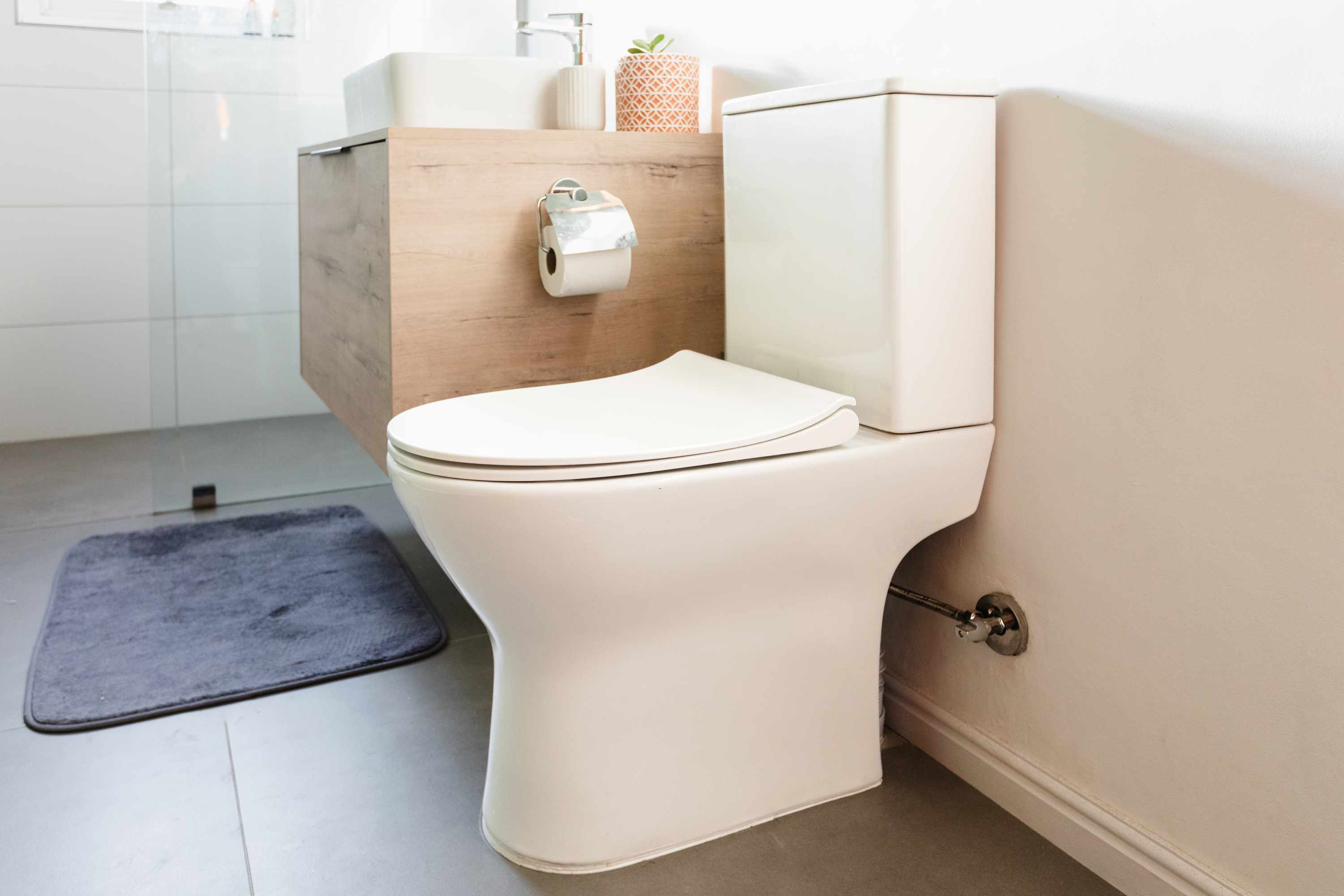

Bathroom Accessories
How Often Should You Change Toilet Seat
Modified: October 20, 2024
Discover the ideal frequency for replacing your toilet seat and other bathroom accessories. Find out how often you should update your bathroom essentials.
(Many of the links in this article redirect to a specific reviewed product. Your purchase of these products through affiliate links helps to generate commission for Storables.com, at no extra cost. Learn more)
Introduction
The toilet seat is an essential yet often overlooked component of any bathroom. It serves as a crucial element of both comfort and hygiene, playing a significant role in our daily lives. While we may not give much thought to the condition of our toilet seats, it's important to recognize the impact they have on our overall bathroom experience.
A well-maintained and sturdy toilet seat not only enhances the aesthetics of the bathroom but also contributes to the overall cleanliness and functionality of the space. On the other hand, a worn-out or damaged toilet seat can be a source of discomfort and even pose hygiene concerns.
Understanding the importance of the toilet seat and knowing when to change it can significantly improve the overall bathroom experience. In this comprehensive guide, we will explore the various factors to consider when evaluating the condition of a toilet seat, the different types available, and the recommended frequency for changing them. Additionally, we will provide valuable tips for maintaining toilet seats to ensure their longevity and optimal performance.
By delving into these aspects, you will gain a deeper understanding of the significance of the toilet seat and how its proper maintenance can contribute to a more comfortable and hygienic bathroom environment. Let's embark on this insightful journey to uncover the secrets of maintaining a crucial yet often underrated bathroom accessory.
Key Takeaways:
- Regularly inspect and clean your toilet seat to maintain hygiene and comfort. Consider replacing it every 5-7 years for plastic seats and 3-5 years for wooden seats to ensure optimal functionality.
- Different types of toilet seats offer unique features, from soft-close to bidet options. Choose the right type based on your needs for safety, comfort, and hygiene.
Read more: How Often Should You Change Mattress
Factors to Consider
When evaluating whether it's time to change a toilet seat, several factors come into play. Understanding these considerations can help in making an informed decision regarding the maintenance and replacement of this essential bathroom fixture.
1. Material and Durability
The material of the toilet seat is a crucial factor in determining its longevity. Seats made from materials such as wood, plastic, or composite materials each have different durability levels. For instance, wooden seats are prone to warping and splitting over time, while plastic seats are generally more resistant to wear and tear. Considering the material of the existing seat and its durability can provide insight into its current condition and potential lifespan.
2. Wear and Tear
Regular use and exposure to cleaning agents can lead to wear and tear on the toilet seat. Signs of wear may include discoloration, scratches, or even cracks. These visual cues can indicate that the seat has reached a point where its functionality and aesthetics are compromised, warranting a replacement.
3. Stability and Comfort
A stable and comfortable toilet seat is essential for a pleasant bathroom experience. Over time, the hinges and attachments of the seat may become loose, affecting its stability. Additionally, wear and tear can lead to discomfort, such as splinters in wooden seats or rough edges in plastic ones. Assessing the stability and comfort of the seat is crucial in determining whether it needs to be replaced.
Read more: How Often Should You Change Shower Curtains
4. Hygiene and Cleanliness
Maintaining proper hygiene in the bathroom is paramount, and the condition of the toilet seat plays a significant role in this aspect. Cracks, crevices, or porous surfaces on the seat can harbor bacteria and make cleaning more challenging. If thorough cleaning fails to restore the seat to a hygienic condition, it may be time to consider a replacement.
5. Aesthetic Appeal
The appearance of the toilet seat contributes to the overall aesthetics of the bathroom. Signs of wear, discoloration, or damage can detract from the visual appeal of the space. Considering the aesthetic impact of the toilet seat on the bathroom's overall look is important when evaluating whether a replacement is necessary.
By taking these factors into account, individuals can make well-informed decisions regarding the maintenance and replacement of their toilet seats. Each aspect plays a crucial role in assessing the condition of the seat and determining whether it is time for a change.
Signs it's Time to Change
Recognizing the signs that indicate it's time to change a toilet seat is essential for maintaining a hygienic and comfortable bathroom environment. Several indicators can help determine when a replacement is necessary, ensuring that the functionality, aesthetics, and cleanliness of the toilet seat are not compromised.
-
Visible Wear and Tear: One of the most apparent signs that a toilet seat needs to be replaced is visible wear and tear. This includes scratches, cracks, or discoloration on the seat's surface. These signs not only detract from the seat's aesthetic appeal but also indicate a decline in its structural integrity. When wear and tear become noticeable, it's a clear indication that the seat has reached the end of its serviceable life.
-
Loose or Unstable Hinges: The stability of the toilet seat is crucial for a comfortable and safe experience. If the hinges or attachments of the seat become loose, leading to instability or wobbliness, it's a strong indication that the seat needs to be replaced. A loose seat not only compromises comfort but also poses safety concerns, especially for households with children or elderly individuals.
-
Cracks and Damage: Cracks or visible damage on the toilet seat are red flags that should not be ignored. These imperfections not only compromise the seat's structural integrity but also create potential breeding grounds for bacteria and germs. Cracks can make cleaning more challenging and compromise the overall hygiene of the bathroom. Therefore, if cracks or damage are present, it's advisable to consider replacing the seat promptly.
-
Unpleasant Odors: Over time, porous materials or damaged surfaces on the toilet seat can trap unpleasant odors, even after thorough cleaning. Lingering odors that persist despite regular cleaning efforts may indicate that the seat has reached a point where it can no longer be effectively sanitized. In such cases, replacing the seat can help eliminate persistent odors and improve overall bathroom hygiene.
-
Difficulty in Cleaning: If cleaning efforts fail to restore the toilet seat to a hygienic condition, it may be a sign that the seat has deteriorated beyond repair. Porous or damaged surfaces can harbor bacteria and make thorough cleaning challenging. When cleaning no longer yields satisfactory results, it's a strong indication that the seat should be replaced to maintain optimal hygiene standards.
By being attentive to these signs, individuals can proactively address the condition of their toilet seats, ensuring that they are replaced when necessary to uphold hygiene, comfort, and overall bathroom aesthetics. Recognizing these indicators empowers individuals to make informed decisions regarding the maintenance and replacement of this essential bathroom fixture.
Different Types of Toilet Seats
When it comes to toilet seats, there is a diverse range of options available, each offering unique features and benefits. Understanding the different types of toilet seats can help individuals make informed decisions when selecting or replacing this essential bathroom fixture.
-
Standard Toilet Seats: Standard toilet seats are the most common type found in residential bathrooms. They are typically made of durable materials such as plastic or wood and come in various shapes and sizes to fit different toilet bowl designs. These seats often feature a traditional, no-frills design, making them a practical and cost-effective choice for many households.
-
Soft-Close Toilet Seats: Soft-close toilet seats are designed with a mechanism that prevents them from slamming shut. This feature enhances safety and reduces noise, making them an ideal option for households with children or individuals who prioritize a quiet bathroom experience. The gentle closing mechanism also helps prevent wear and tear on the seat and toilet bowl.
-
Bidet Toilet Seats: Bidet toilet seats are equipped with integrated bidet functionality, offering a hygienic and convenient alternative to traditional toilet paper. These seats often include adjustable water temperature and pressure settings, as well as additional features such as heated seats and air drying. Bidet toilet seats provide a luxurious and eco-friendly bathroom experience, promoting enhanced cleanliness and comfort.
-
Raised Toilet Seats: Raised toilet seats are designed to elevate the seating position, making them particularly beneficial for individuals with mobility issues or those recovering from surgery. These seats provide added height, reducing the strain on the knees and joints when sitting down or standing up. Raised toilet seats contribute to improved accessibility and comfort in the bathroom, catering to diverse user needs.
-
Decorative Toilet Seats: Decorative toilet seats offer a wide range of artistic and themed designs, allowing individuals to personalize their bathroom decor. These seats often feature vibrant patterns, images, or textures, adding a touch of personality and style to the bathroom. Decorative toilet seats are an excellent way to infuse creativity and individuality into the space, transforming a functional fixture into a visually appealing focal point.
-
Elongated and Round Toilet Seats: Toilet seats come in different shapes to accommodate elongated or round toilet bowls. Elongated seats are characterized by their oval shape, providing additional seating surface and a more modern aesthetic. Round seats, on the other hand, are circular and are commonly found in older or compact bathroom designs. Selecting the appropriate shape ensures a proper fit and enhances overall comfort in the bathroom.
Understanding the diverse array of toilet seat options empowers individuals to select the most suitable type based on their specific needs and preferences. Whether prioritizing safety, comfort, hygiene, or aesthetic appeal, the availability of various toilet seat types ensures that every individual can find the perfect fit for their bathroom.
Read more: How Often Should You Change Your Mattress?
Recommended Frequency of Changing
The recommended frequency for changing a toilet seat depends on several factors, including the material of the seat, usage patterns, and overall condition. While there is no fixed timeline for replacing a toilet seat, understanding the general guidelines can help individuals maintain a hygienic and comfortable bathroom environment.
-
Material Durability: The material of the toilet seat plays a significant role in determining its lifespan. Plastic seats, known for their durability, may require replacement every 5 to 7 years, depending on usage and maintenance. Wooden seats, on the other hand, are more susceptible to wear and tear and may need replacement every 3 to 5 years to prevent warping or splintering.
-
Usage and Maintenance: The frequency of use and the level of maintenance also influence the recommended interval for changing a toilet seat. In high-traffic households or commercial settings, where the toilet seat is subjected to frequent use, replacement may be necessary more often to ensure optimal hygiene and functionality. Additionally, regular cleaning and proper care can extend the lifespan of the seat, delaying the need for replacement.
-
Signs of Wear and Tear: Monitoring the condition of the toilet seat is crucial in determining when a replacement is warranted. Visible signs of wear, such as cracks, discoloration, or instability, serve as indicators that the seat may need to be replaced. Regular inspections can help individuals identify these signs and take proactive measures to maintain a well-functioning toilet seat.
-
Hygiene Considerations: Maintaining a hygienic bathroom environment is paramount, and the condition of the toilet seat directly impacts this aspect. If thorough cleaning fails to restore the seat to a hygienic state, or if persistent odors linger despite cleaning efforts, it may be time to consider replacing the seat to uphold optimal cleanliness standards.
Considering these factors, a general recommendation for changing a toilet seat is every 5 to 7 years for plastic seats and every 3 to 5 years for wooden seats. However, it's important to emphasize that individual circumstances, such as usage patterns, maintenance practices, and the specific condition of the seat, should also be taken into account when determining the appropriate time for replacement.
By staying attentive to the material durability, usage patterns, signs of wear and tear, and hygiene considerations, individuals can make informed decisions regarding the frequency of changing their toilet seats. This proactive approach ensures that the bathroom remains a comfortable, safe, and hygienic space for all occupants.
Tips for Maintaining Toilet Seats
Maintaining toilet seats is essential for ensuring their longevity, hygiene, and overall functionality. By implementing proper care and maintenance practices, individuals can extend the lifespan of their toilet seats and uphold a clean and comfortable bathroom environment. Here are some valuable tips for maintaining toilet seats:
-
Regular Cleaning: Establish a routine for regular cleaning of the toilet seat. Use mild, non-abrasive cleaners to avoid damaging the seat's surface. Thoroughly clean both the top and bottom of the seat, including the hinges and attachment points, to prevent the buildup of grime and bacteria.
-
Avoid Harsh Chemicals: Refrain from using harsh chemical cleaners or abrasive materials that can cause damage to the toilet seat. Opt for gentle cleaning solutions and soft cleaning tools to preserve the seat's finish and structural integrity.
-
Prompt Repairs: Address any loose hinges, wobbliness, or minor damages promptly. Tighten loose screws and hinges to maintain stability, preventing further wear and tear. Prompt repairs can prevent minor issues from escalating into significant problems.
-
Avoid Excessive Force: Encourage gentle use of the toilet seat to prevent unnecessary strain on the hinges and attachments. Discourage slamming or forcefully dropping the seat, as this can lead to premature wear and damage.
-
Proper Drying: After cleaning the toilet seat, ensure thorough drying to prevent moisture buildup, which can contribute to bacterial growth and deterioration of the seat's material. Wipe the seat dry after cleaning to maintain optimal hygiene.
-
Periodic Inspections: Regularly inspect the toilet seat for signs of wear, damage, or instability. Look for cracks, discoloration, or loose attachments. Periodic inspections allow for early detection of potential issues, enabling timely maintenance or replacement.
-
Appropriate Usage: Educate household members or occupants about the proper usage of the toilet seat. Encourage lifting the seat before flushing to prevent exposure to germs and minimize the risk of damage from excessive moisture.
-
Consider Seat Covers: Using disposable or washable seat covers can provide an additional layer of protection for the toilet seat, reducing direct contact with the surface and minimizing the accumulation of bacteria and grime.
By incorporating these maintenance tips into regular bathroom care routines, individuals can preserve the condition of their toilet seats, promote hygiene, and prolong their functional lifespan. Proactive maintenance not only contributes to a pleasant bathroom experience but also minimizes the need for frequent replacements, saving time and resources in the long run.
It is recommended to change your toilet seat every 5-7 years to maintain hygiene and prevent wear and tear. If you notice any cracks, stains, or wobbling, it’s time for a replacement.
Conclusion
In conclusion, the toilet seat, often overlooked in the realm of bathroom accessories, plays a pivotal role in maintaining a comfortable, hygienic, and aesthetically pleasing bathroom environment. Understanding the factors that influence the condition of a toilet seat, recognizing the signs that indicate the need for replacement, and exploring the diverse types of toilet seats available empowers individuals to make informed decisions regarding their maintenance and replacement.
By considering factors such as material durability, wear and tear, stability, hygiene, and aesthetic appeal, individuals can assess the condition of their toilet seats and determine when a replacement is necessary. Regular inspections and proactive maintenance practices, such as gentle cleaning, prompt repairs, and appropriate usage, contribute to extending the lifespan of toilet seats and preserving optimal hygiene standards in the bathroom.
The recommended frequency for changing a toilet seat, typically every 5 to 7 years for plastic seats and every 3 to 5 years for wooden seats, serves as a general guideline. However, individual circumstances, including usage patterns, maintenance practices, and the specific condition of the seat, should also be taken into account when evaluating the need for replacement.
In essence, maintaining a well-functioning and hygienic toilet seat is essential for creating a pleasant bathroom experience. Whether prioritizing durability, safety, comfort, or aesthetic appeal, the availability of various toilet seat types ensures that individuals can find the perfect fit for their specific needs and preferences.
By staying attentive to the condition of their toilet seats and implementing proactive maintenance measures, individuals can uphold a clean, comfortable, and inviting bathroom environment for themselves and their household members. The toilet seat, often regarded as a mundane fixture, indeed holds the power to significantly enhance the overall bathroom experience when properly maintained and replaced as needed.
Frequently Asked Questions about How Often Should You Change Toilet Seat
Was this page helpful?
At Storables.com, we guarantee accurate and reliable information. Our content, validated by Expert Board Contributors, is crafted following stringent Editorial Policies. We're committed to providing you with well-researched, expert-backed insights for all your informational needs.
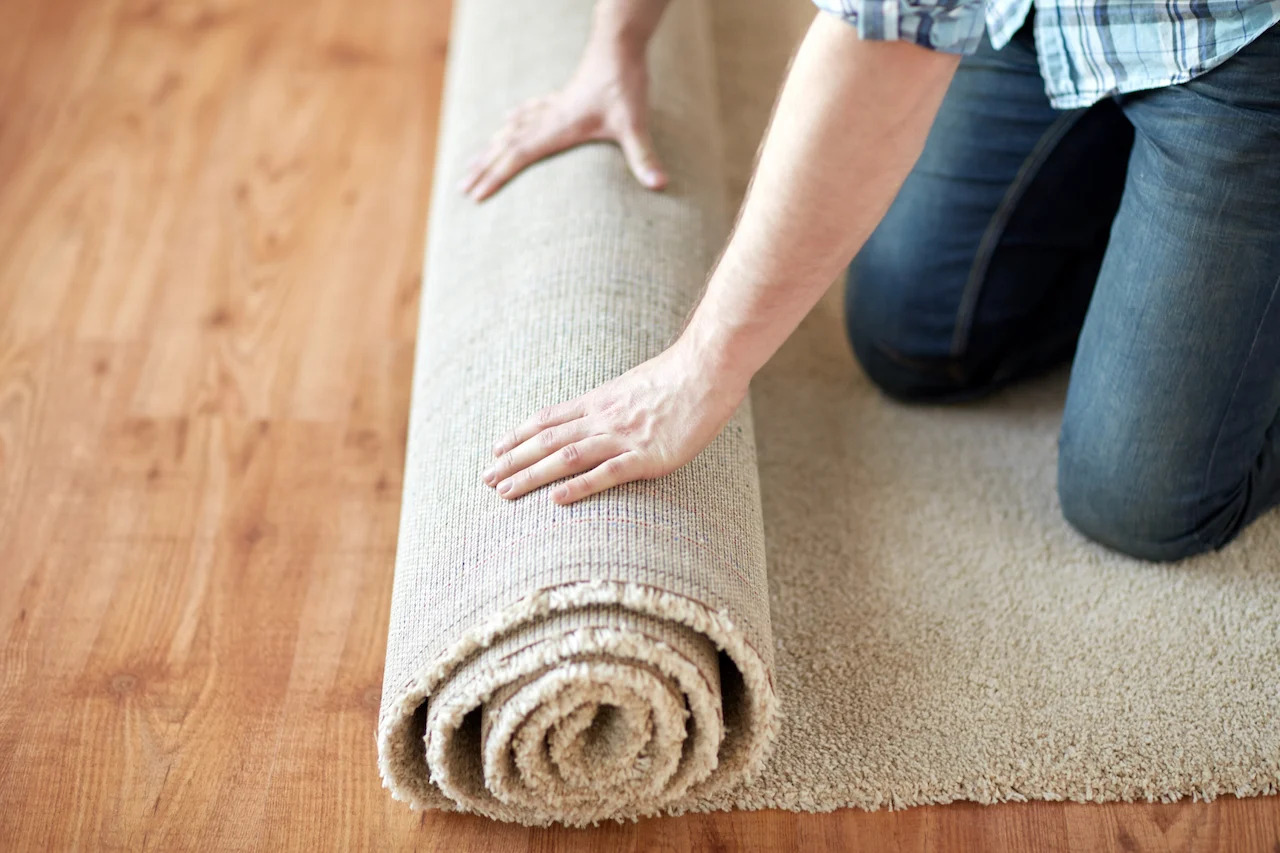



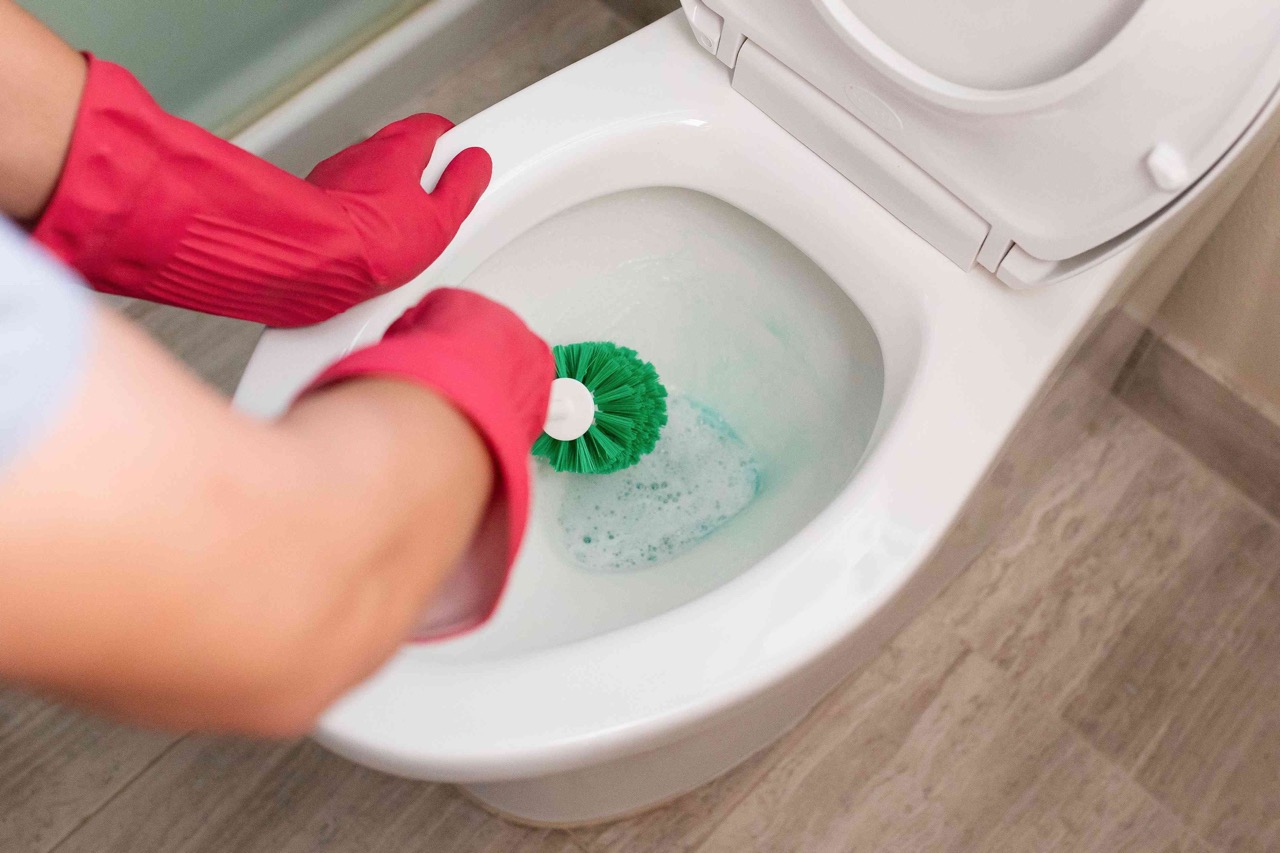

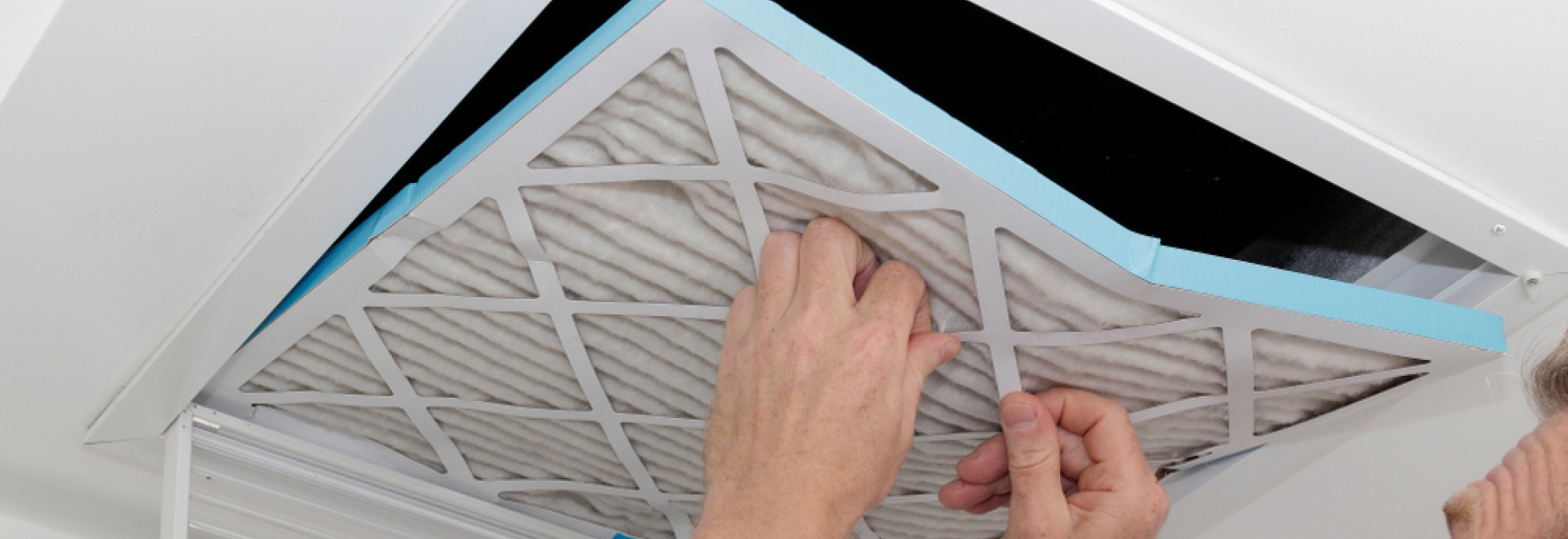
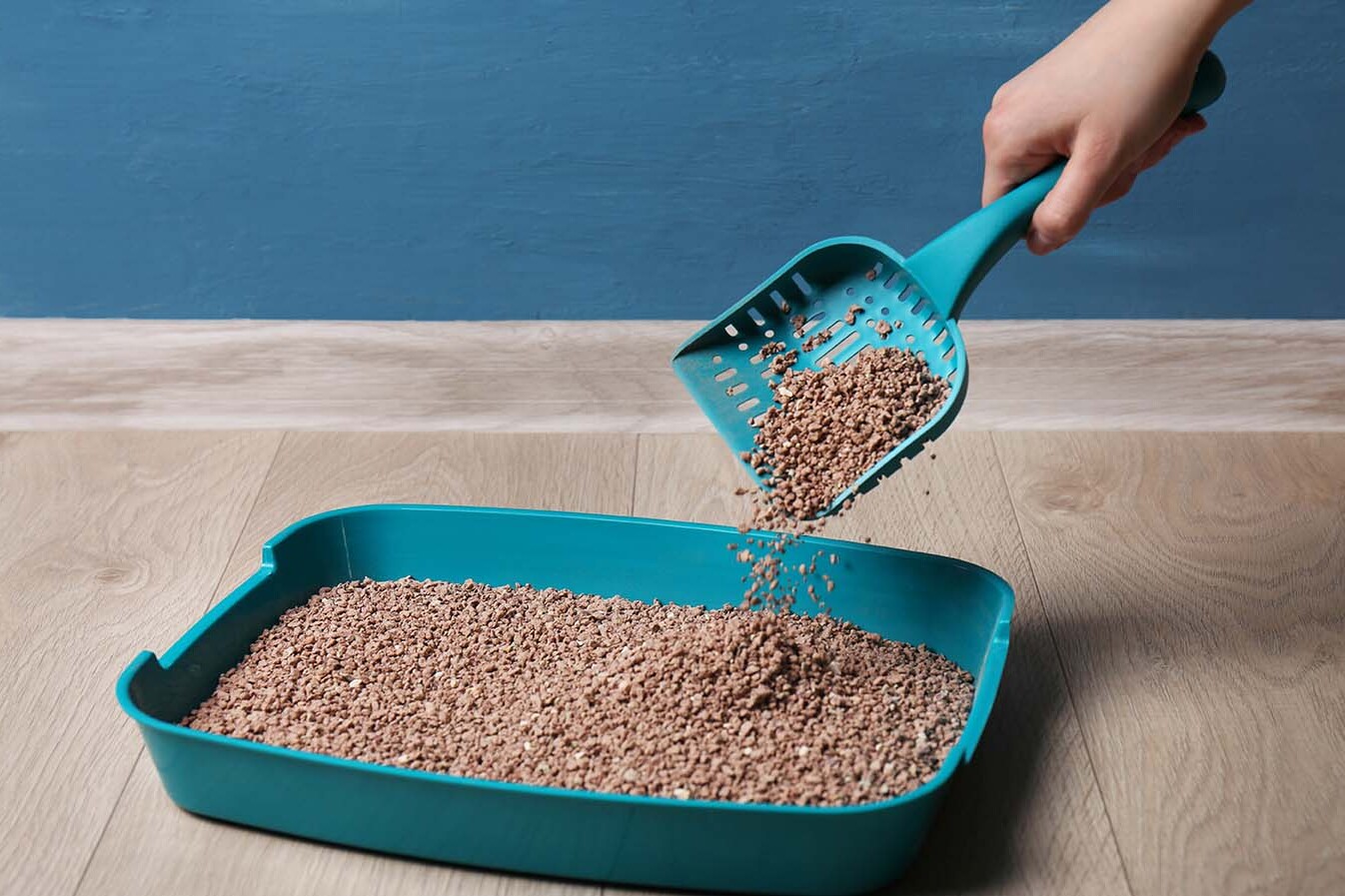




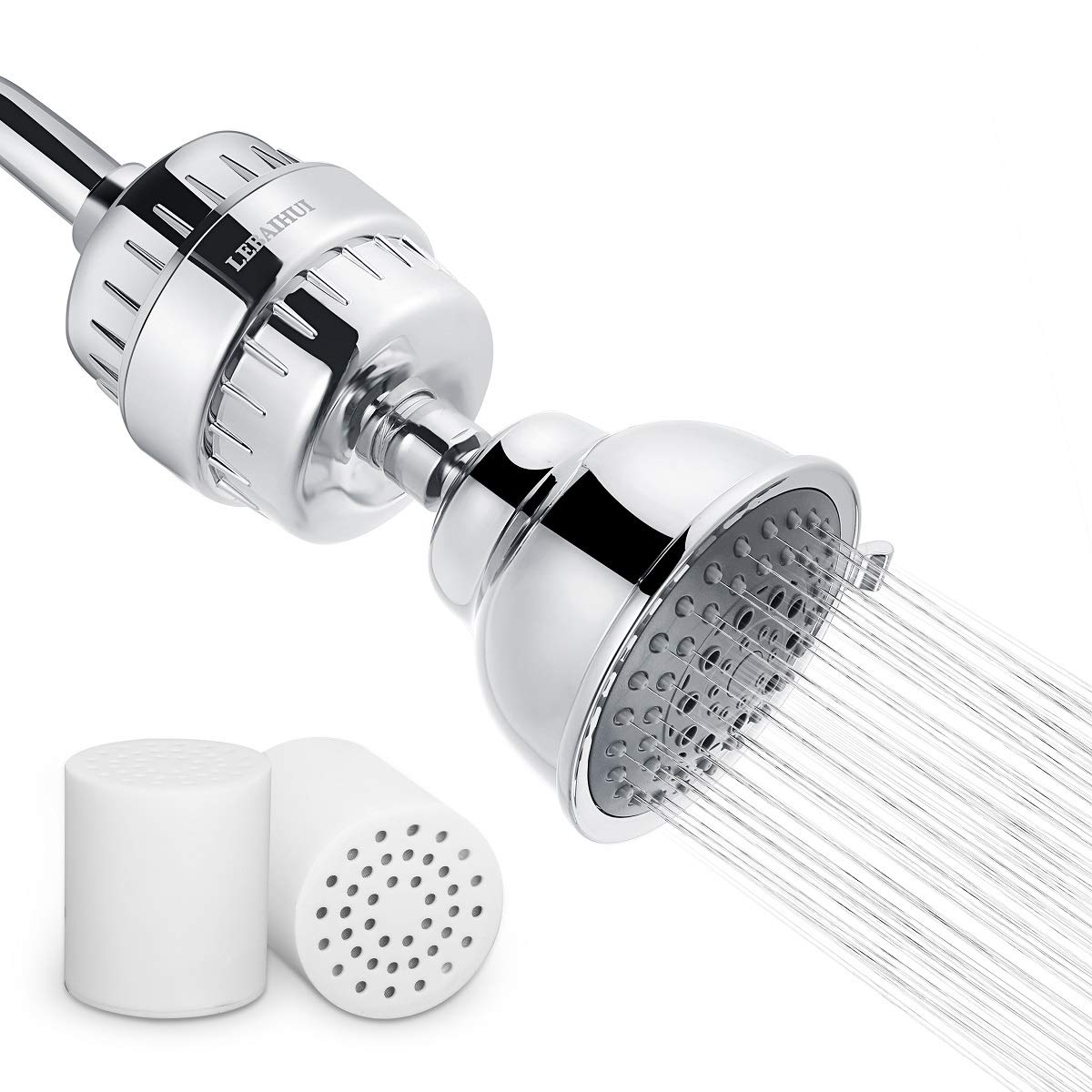

0 thoughts on “How Often Should You Change Toilet Seat”